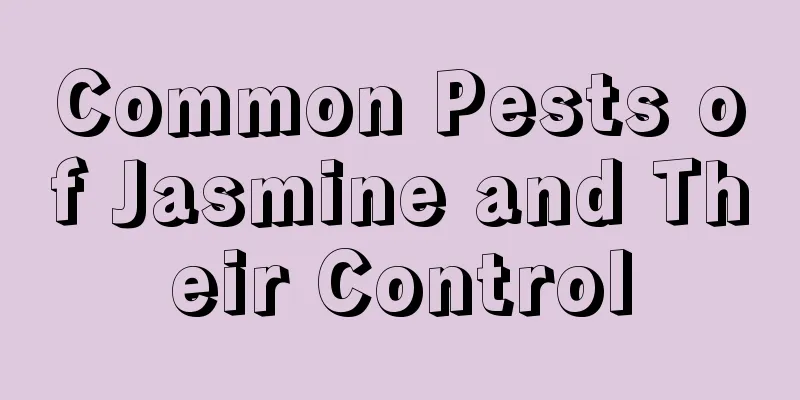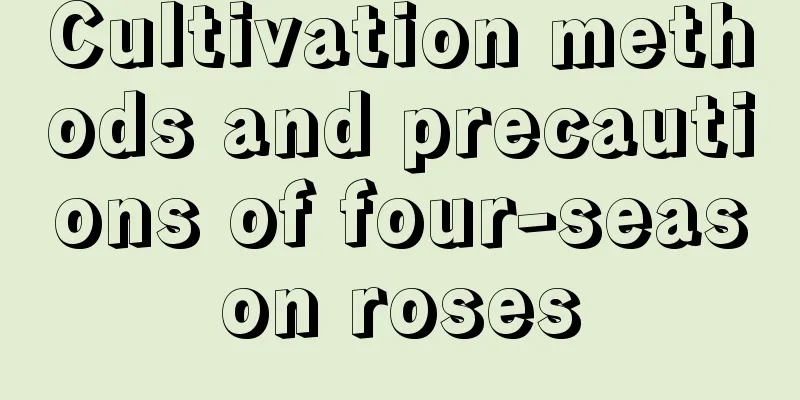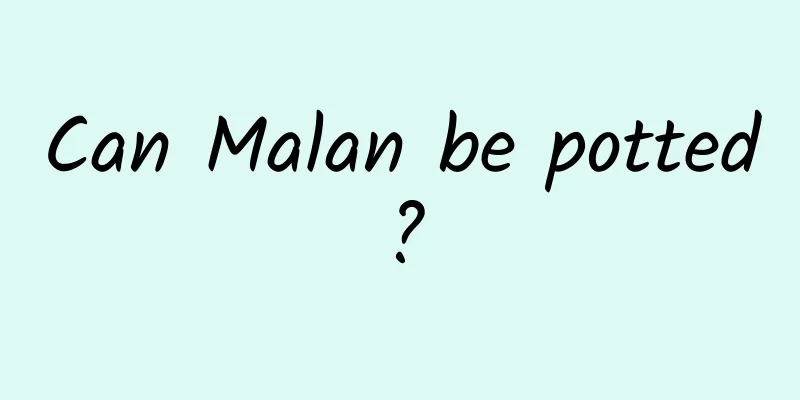Common Pests of Jasmine and Their Control

aphidAphids are herbivorous insects. There are many types of aphids discovered so far, with different sizes ranging from 1 to 10 mm. Aphids mainly gather in temperate regions. The flowering period of forsythia is from February to April. After flowering is the peak period of aphids. Unless there is heavy rain or extremely high temperature, aphids will crawl all over the branches and seriously affect the growth of forsythia. Prevention and treatment methods:Aphids are mainly divided into seedling aphids and ear aphids, and we should adhere to the principle of "selectively treating seedling aphids and focusing on ear aphids". Natural EnemiesThe natural enemies of aphids include ladybugs, aphid flies, parasitic wasps, aphid midges, crab spiders, and lacewings. Pests can be caught manually to treat aphids. Most families grow forsythia in pots, and this method is mostly used for large-scale garden planting. However, when potted plants are maintained outdoors, natural contact with the natural enemies of aphids will reduce the incidence of aphids. Drug preventionOnce pests are found, they must be dealt with immediately. If there are few pests, they can be directly scraped off with bamboo strips. When aphids are prevalent, spray aphid-mite clear emulsion or aphid-lice cleaner to kill them. Be sure to use different pesticides every year. Aphids are highly resistant to pesticides. If the same pesticide is used for a long time, aphids will develop antibodies. Big mothThe giant bag moth is common in Hubei, Jiangxi, Fujian, Zhejiang, Jiangsu, Anhui, Tianjin, Taiwan and other places. The larvae will parasitize on the plants and eat the leaves and branches, causing some of the branches to become bare. The giant bagworm likes to live in groups and can cause considerable damage. Prevention and treatment methods:Check potted plants regularly and remove and destroy any insect cysts found. If you find parasitic bees around, protect them. Spray with 1000 times diluted 50% chlorpyrifos emulsifiable concentrate. It is recommended to take preventive measures before the problem occurs and spray Bacillus or Bacillus thuringiensis for biological control. |
<<: Pest control of nail orchid
Recommend
Can bayberry be planted in pots?
Can bayberry be potted? Bayberry can be planted i...
How to prune tulips? Do tulips need to be pruned?
1. How to trim Tulip pruning is mainly done after...
How and when to plant winter spinach
As a vegetable, spinach is not only vigorous, gro...
How to disinfect soil with rotten roots
1. Sun exposure disinfection Although the soil wi...
Yew cultivation methods and precautions
1. Maintenance methods 1. Temperature: It has ver...
How to grow azalea at home (using the simplest method to grow azalea)
1. Growth habits of azalea Rhododendron is a typi...
The best time to transplant grape seedlings
Grape is an important fruit economic crop in Chin...
Pineapple growth environment conditions and characteristics
Pineapple Growth Environmental Conditions and Req...
What crops are suitable for growing in Xinjiang? What are the main cash crops in Xinjiang?
Xinjiang is located in the inland of my country. ...
Can ginseng be grown in pots?
Can ginseng be grown in pots? Ginseng can be pott...
When is the best time to sow adzuki beans?
Adzuki bean sowing time Adzuki beans belong to th...
Can Milan be pruned? When is the best time to prune?
Milan pruning Milan can be pruned, and the prunin...
Does geranium prefer shade or sun?
Does geranium prefer shade or sun? Geranium is ve...
What to do if the leaves of lotus bamboo turn yellow
1. Increase or decrease light Reason: The lightin...
The value of sea daffodils
The ornamental value of sea daffodils The floweri...









